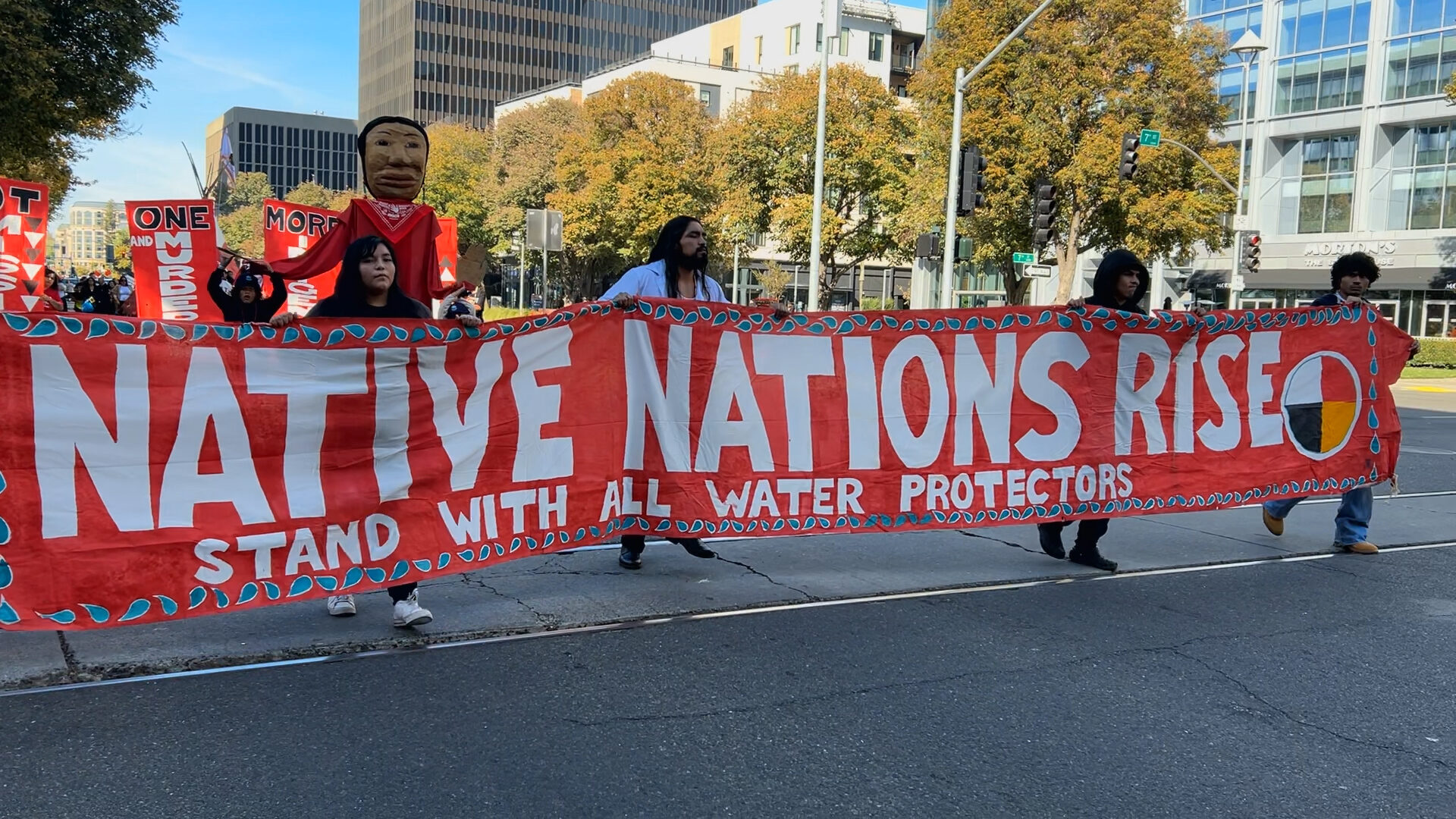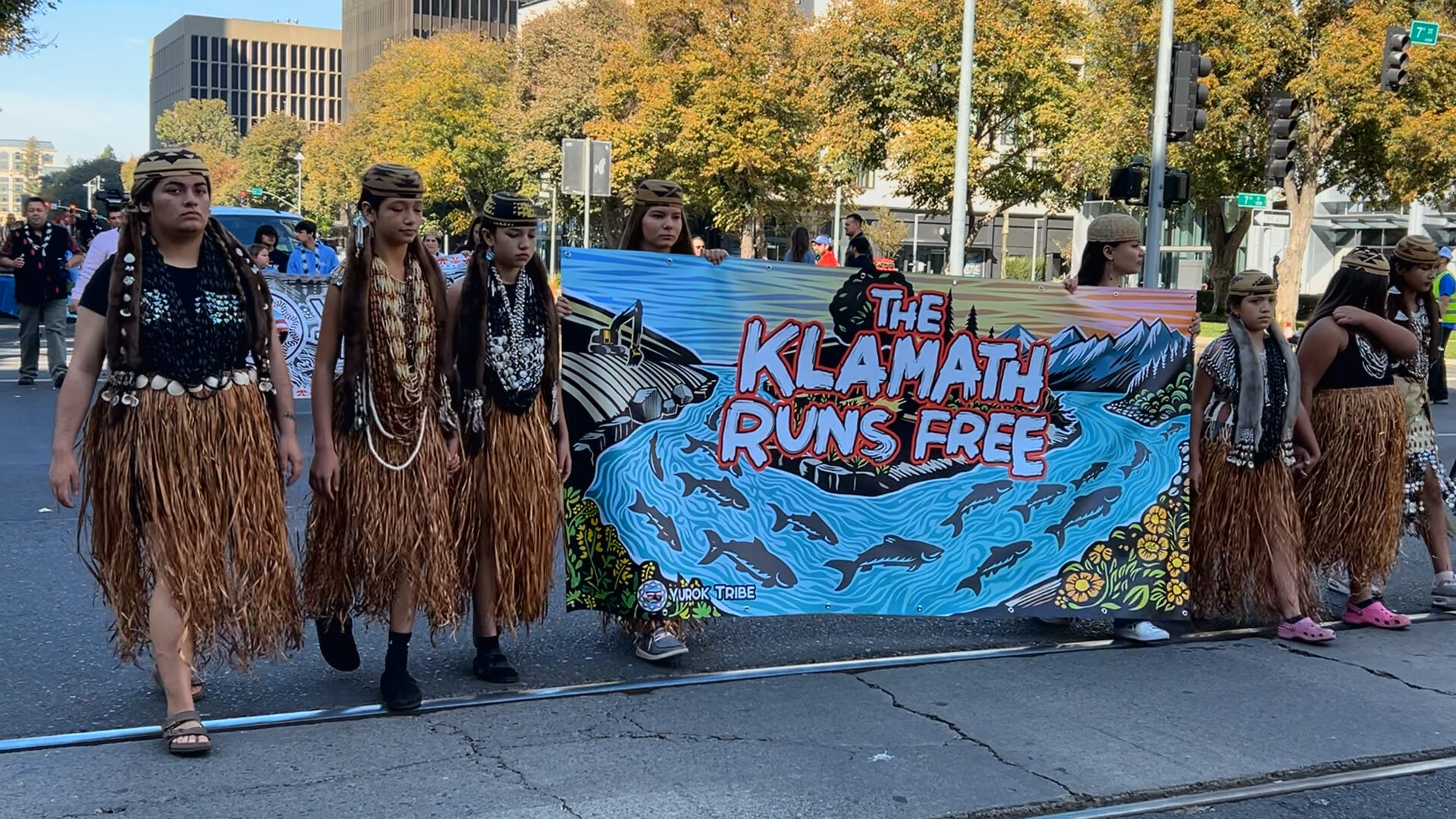California Tribes and Indigenous People Reclaim, Celebrate Heritage
In honor of Native American Heritage Month, the California Legislative Native American Caucus organized a parade running through Capitol Mall in Sacramento November 9 for the first time to highlight the cultural diversity, achievements, and visibility of California tribes and Indigenous peoples.
“(The parade is) about reclaiming and celebrating our culture, our heritage, versus the narrative of being controlled by other groups of what our culture and the songs and the dances and the regalia mean,” said Linda Sacks, a member of Cherokee Nation and a consultant with the California Legislative Native American Caucus, in The Sacramento Bee. “It’s Native Americans getting to tell their story and share their culture in its truest form.”

California has the largest Native population in the country with over 700,000 people who identify as Native American or Alaska Native.
Parade floats celebrated various aspects of Native cultures along with the challenges communities are facing. The parade also acknowledged atrocities Native people have survived since the Spanish colonial period.
A somber float brought awareness of the more than 150 documented Missing and Murdered Indigenous People cases in the state. Memorialized during the parade, Angel Baby Espinoza died in 2001 under suspicious circumstances.
Another float from the Yurok Tribe celebrated the August removal of the Klamath River dam, allowing salmon that has used the river for generations to access 400 miles of waterways. The Yurok hold the salmon sacred.
The parade was a reminder that Native culture and practices were once outlawed and tribal members were unable to vote. The American Indian Freedom of Religion Act was passed, to protect the right to practice religious beliefs in public. This year was the 100th anniversary of Native people being able to vote under the 1924 Indian Citizenship Act.

Native people have overcome the U.S. government’s Indian termination policy, a series of laws enacted throughout the 1940s and 1960s that terminated tribal sovereignty, including forced relocation, disbanding tribes, and selling their land. The policy forced Native people off their own lands pushing assimilation into urban centers and poverty wages.
As tribes continue to reclaim their identity and autonomy as independent nations, the parade gave an opportunity for tribal members to display, honor, and embrace their cultural practices on their own terms.
Join California Faculty Association
Join thousands of instructional faculty, librarians, counselors, and coaches to protect academic freedom, faculty rights, safe workplaces, higher education, student learning, and fight for racial and social justice.